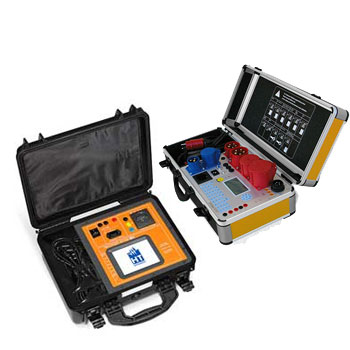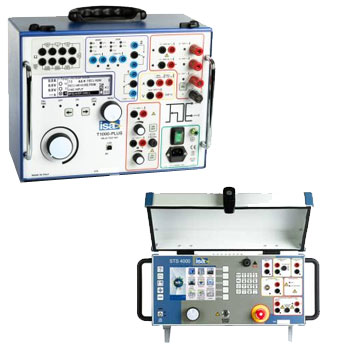
Photo by Sincerely Media on Unsplash
ISO/IEC 17025 is the internationally recognized standard for the competence of testing and calibration laboratories. It defines requirements for the quality management system as well as for the technical competence of a laboratory. A calibration in accordance with ISO 17025 therefore means not only the traceability of a measuring instrument to national or international standards, but also that this process is carried out under controlled, documented, and accredited conditions.
What exactly does ISO 17025 stand for?
The standard was jointly developed by the International Organization for Standardization (ISO) and the International Electrotechnical Commission (IEC). It is specifically aimed at testing and calibration laboratories and includes requirements in two main areas:
-
Management Requirements: e.g., documentation, quality assurance, corrective and preventive actions
-
Technical Requirements: e.g., personnel qualifications, measurement uncertainties, validation of procedures, traceability
What distinguishes an ISO 17025 calibration from a simple factory calibration?
A factory calibration is usually carried out by the manufacturer or a non-accredited body. Traceability and uncertainty calculation do not necessarily conform to standardized specifications. In contrast, an ISO 17025 calibration meets strict requirements for measurement technology, documentation, and traceability. The result is a calibration certificate with official information on measurement uncertainty and the standards used.
Comparison: ISO 17025 Calibration vs. Factory Calibration
| Feature | ISO 17025 Calibration | Factory Calibration (e.g., Factory Certificate) |
|---|---|---|
| Standard Basis | DIN EN ISO/IEC 17025 | No uniform standard |
| Accreditation | By national accreditation body (e.g., DAkkS) | No accreditation required |
| Traceability | Internationally recognized, fully traceable | Usually present, but not guaranteed |
| Measurement Uncertainties Indicated | Yes, fully disclosed | Often not or only partially disclosed |
| Application | Mandatory in regulated sectors (e.g., pharma, aerospace) | Suitable for internal checks or less critical applications |
| Test Report / Certificate | Contains all necessary details to meet standard requirements | Scope varies depending on the manufacturer |
| Cost | Higher, due to stricter requirements | More economical |
What are the advantages of ISO 17025 calibration?
-
International Recognition: Accreditation ensures that the calibration is recognized worldwide.
-
Legal Certainty: Especially in regulated industries (e.g., pharma, aerospace, energy), ISO 17025-compliant calibration is mandatory.
-
Transparency and Traceability: Every step of the calibration process is documented and traceable.
-
Confidence in Measurement Results: The standardized determination of measurement uncertainty ensures application reliability.
Conclusion
An ISO 17025 calibration stands for more than just precision. It symbolizes quality, trust, and international comparability. Companies that value reliable measurement technology benefit from the documentation, transparency, and traceability that come with this type of calibration.











































































































































































